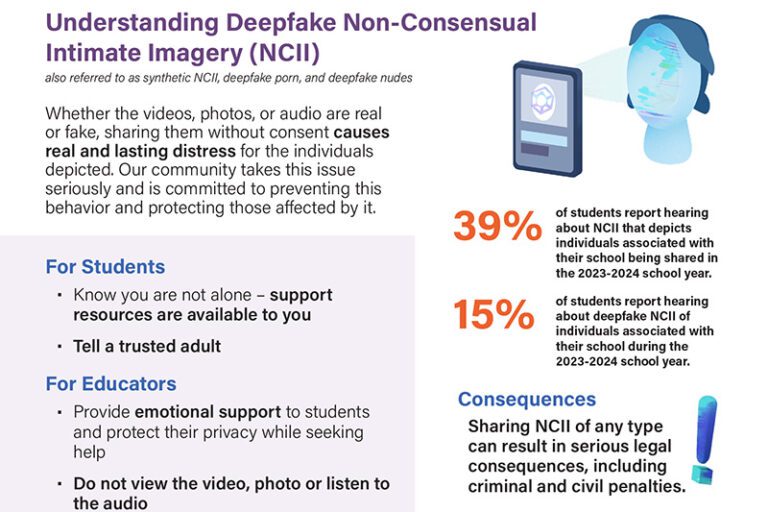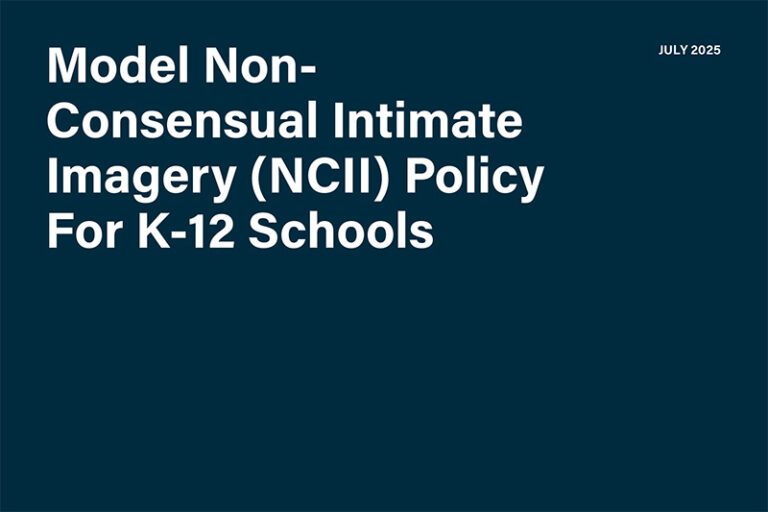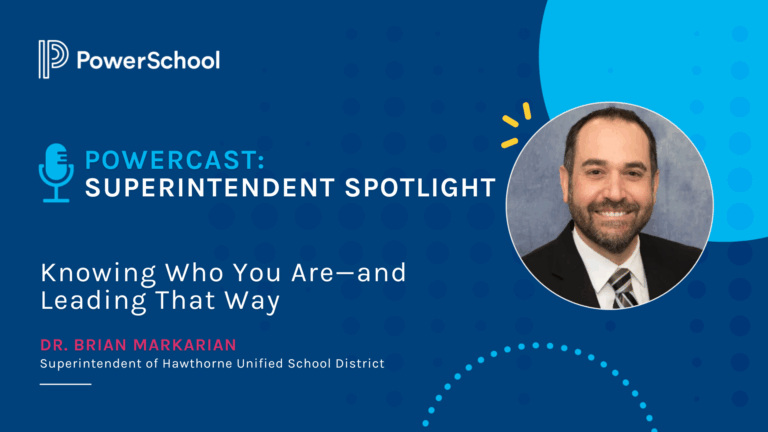“Learning in America is a prisoner of time,” said the National Education Commission on Time and Learning “For the past 150 years, American public schools have held time constant and let learning vary. The rule, only rarely voiced, is simple: Learn what you can in the time we make available.”
That was in 1994. Over two decades later, U.S. schools still struggle to fit increasingly ambitious educational goals into the limited time available. This is especially true in California, which has some of the shortest school days (6.24 hours, on average).
It falls on the master schedule coordinator to figure out how to make the most of the precious hours in a school day. The master schedule is where the school’s values, needs and priorities meet the hard realities of the unyielding clock. It forms the rhythm every person in the school community lives by. Looking at a master schedule is like “looking at an MRI of the inner workings of a school,” said the National Association of Secondary School Principals.
For most schools, creating a master schedule is a yearlong process that involves gathering and sifting through mounds of data, then meticulously matching up the pieces like a jigsaw puzzle. Since master schedulers are just as constrained by the clock as teachers, it’s important to set a realistic timeline for finishing the final draft.
Schools are increasingly starting the master scheduling process earlier—sometimes as early as January—in hopes of finishing by May. Many aim to finalize their master schedule before the end of the year so teachers will know what their class schedule looks like before going on break.
But such expectations are usually unreasonable. A lot happens during summer break that can impact the master schedule. Teachers leave for other jobs. Students move away and others enter the district. Summer classes change students’ course needs.
“So much changes over the summer that, realistically, it’s hard to have a set-in-stone schedule,” said Dawnalyn Murakawa-Leopard, deputy superintendent of Manhattan Beach Unified School District. “You can have a draft, but you can’t finalize it until just before school begins.”
As a presenter for ACSA’s Master Schedule Training seminar, Murakawa-Leopard helps middle and high school master schedulers learn a step-by-step practical method for creating complex schedules that meet both student and teacher needs. Setting an achievable timeline is a critical part of the process, she said.
What constitutes a realistic timeline? That depends on your school. Master scheduling in a school with stable enrollment, for example, is a different beast than in a district with high student turnover. Consider your philosophy, priorities, analytical findings, and mission.
“Everybody has to decide in their own community what’s realistic,” Murakawa-Leopard said. “When does summer end? How much time do I have to gather information? These are questions each school has to identify for itself.”
Once you’ve answered them, you can begin setting target deadlines for each phase of the master scheduling process. Here’s a basic timeline recommended by the College & Career Academy Support Network:
Planning—August through December
As school reconvenes for the year and final tweaks are made to the current master schedule, school leaders should already be thinking about the following year. This is the time to reassemble or refresh your master schedule team to assess what worked for the current year and discuss revisions to the process for next year.
The team should also begin reviewing current course offerings and gathering input from administrators, department heads, parents and students to help guide faculty in determining what classes to offer. As the calendar year winds down, make sure you get the necessary approvals for new courses or programs so you can begin developing your course selection materials.
Course Selection—January through March
Now is your chance to gather as much information as you can for building the master schedule. In addition to collecting student course selections, an effective master scheduling team will also continue seeking feedback from other members of the school community while they’re still around to provide it.
“When everyone is gone over the summer, there’s not a lot of contact so it’s hard to talk to everyone,” Dawnalyn Murakawa-Leopard said. “You have to think about all the information and feedback you need to gather before everyone leaves for summer.”
For example, you’ll need to know:
- Enrollment projections for each grade level
- How many teaching periods are available
- What classes students want and need to take
- What courses teachers want and need to teach
Building and Analyzing—April through May
Once students have made their course selections, you’re ready to sit down and start figuring out how all the pieces fit together. With a working draft of the master schedule in hand, you’ll then need to spend some time running simulations and analyzing how well it meets everyone’s needs.
Some guiding questions to ask during this phase include:
- Does the schedule align with the school’s values and priorities? For example, is it student-centered, learning-centered and equitable?
- Are academies and learning cohorts balanced in terms of size and diversity?
- Do all students have access to advanced classes?
- Are key student needs, such as graduation requirements, being met?
- Are teacher and room assignments are fair?
Fine-Tuning—June through October
No matter how much you’ve perfected your working draft, there’s no point in trying to finalize it before the new school year begins, said Murakawa-Leopard. Instead, use the summer and first month of school to make adjustments for:
- Transfer students and new enrollees coming into the school
- Students who withdrew or transferred over the summer
- Student grade reversals
- Credits earned and classes made up or completed over the summer
- Changes in teaching personnel
- Changes in staffing allotments
“Generally speaking, at the beginning of the school year you’re still cleaning up the schedule and making final tweaks based on student requests,” Murakawa-Leopard said. Plus you’re already beginning the planning phase for the coming year.
It’s a demanding job. As schools strive to make the most of limited classroom time, the master scheduler’s role is becoming more vital (and complex) than ever. Are you up for the challenge?


































